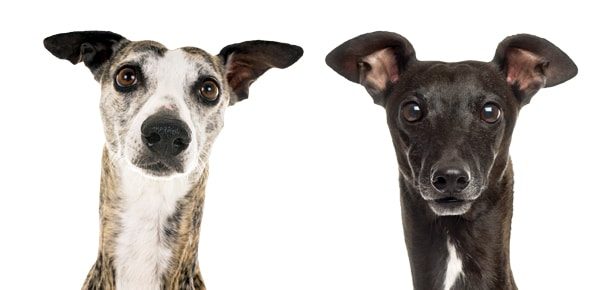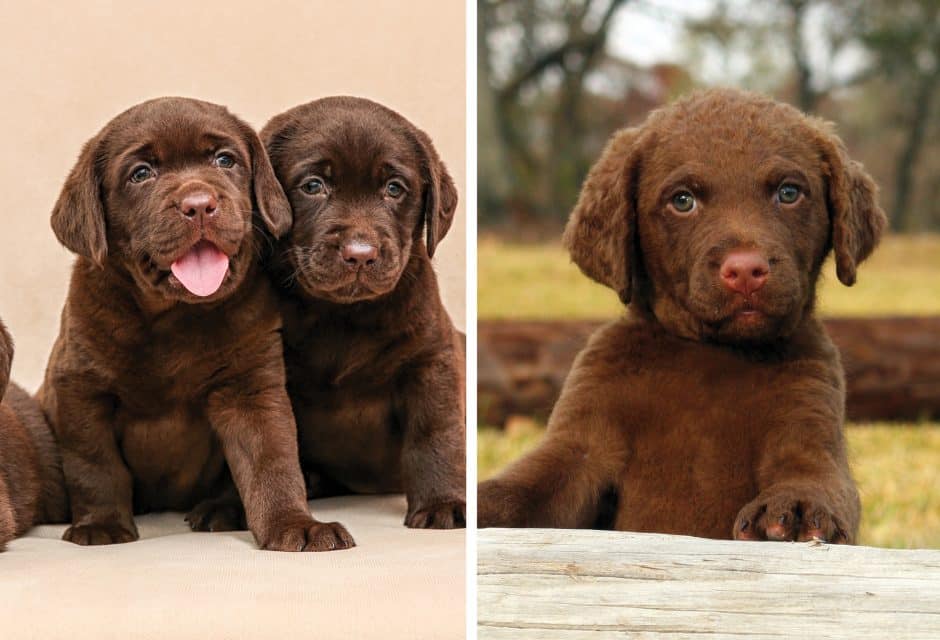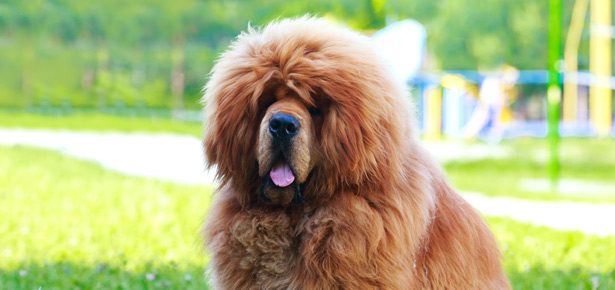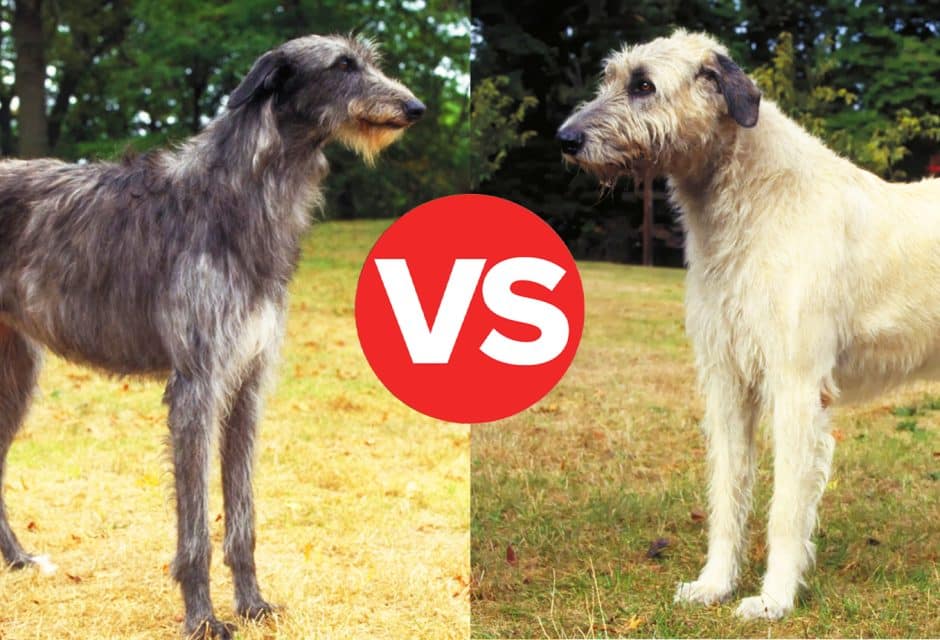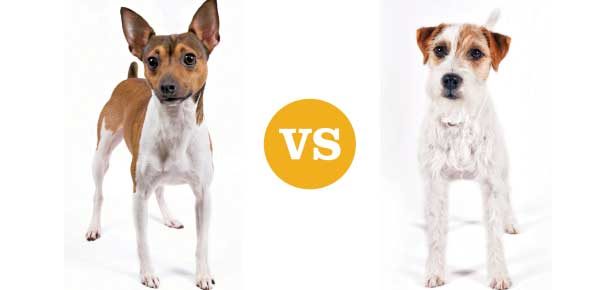
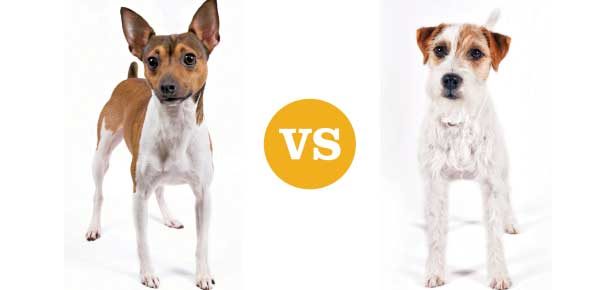
Know Your Terriers
We asked the AKC for the low down on differences between these two popular terriers.
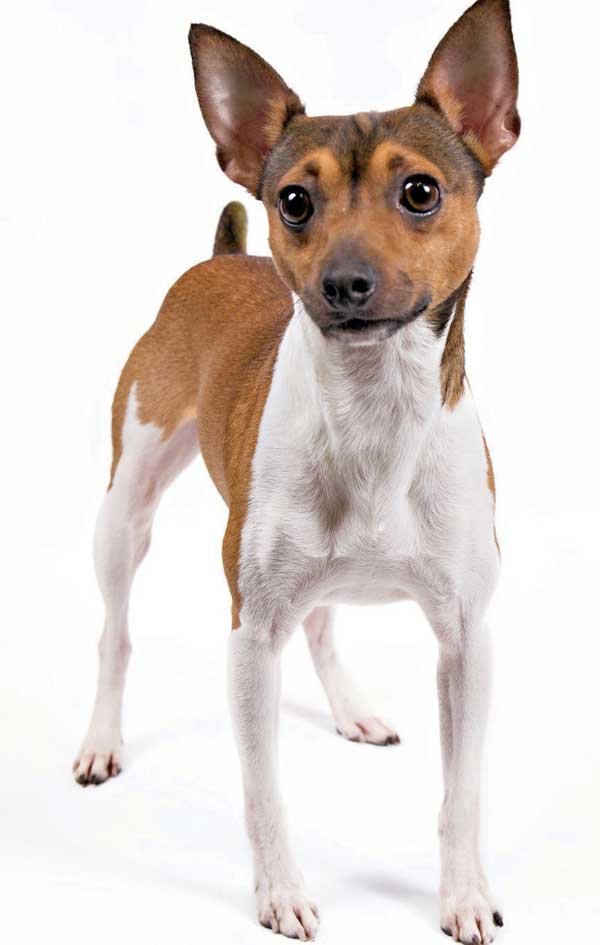 The Rat Terrier
The Rat Terrier
Temperament
This loyal, active, and playful breed is at its best as a member of its human family—he may be reserved with strangers. Intelligent and trainable, many Rat Terriers excel in Agility and Obedience, events that also serve as excellent outlets for this energetic breed.
Looks
The Rat Terrier comes in two sizes, Miniature and Standard, and is generally 10 to 25 pounds. Sturdy and compact, the Rat Terrier is a multipurpose companion dog giving the appearance of elegance and athleticism. His short, smooth coat comes in any variation of pied patterning (large patches of colour with white). This breed sheds seasonally and requires brushing with a soft brush or rubber curry mitt.
Heritage: Ratter; farm and companion dog
An American breed, the Rat Terrier was created by immigrants by crossing a mixture of terriers including the Old English White Terrier, Manchester Terrier, Bull Terrier, and, later, the Smooth Fox Terrier, Beagle, Toy Fox Terriers, Whippets, and Italian Greyhounds. From 1910 through the “dust bowl” era of the 1930s, the Rat Terrier was one of the most common farm dogs, used for ratting, hunting varmints, and other work.
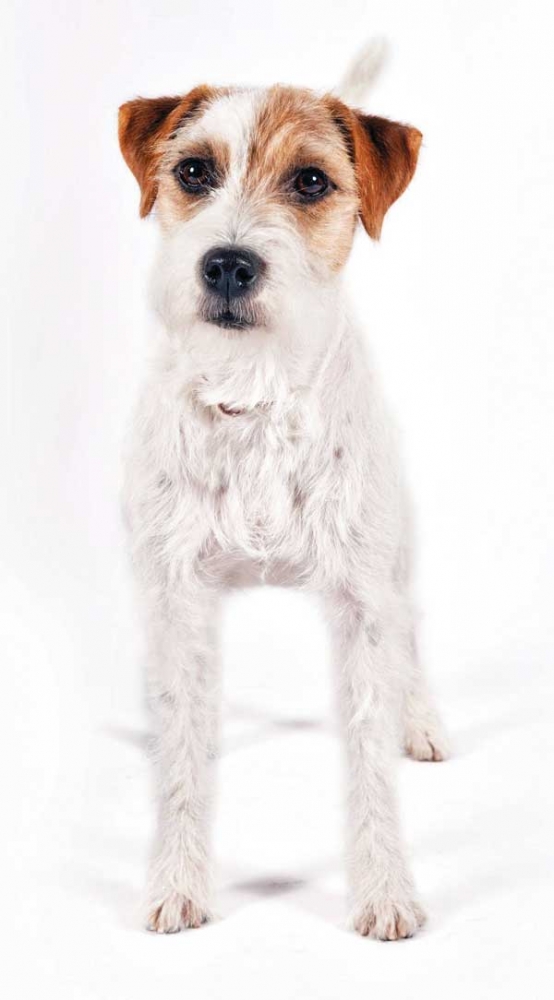
Temperament
Outgoing and friendly, the Parson is tenacious in the field and affectionate in the home. No matter the venue, the breed is filled with energy, so he requires regular exercise and attention. Although good with children, he does not tolerate rough handling from toddlers.
Looks
The Parson Russell Terrier is generally 13 – 17 pounds. The breed’s weatherproof coat can be broken (wire-haired) or smooth. The Parson is a clean breed and does not need frequent bathing, but the broken coat may need to be hand stripped.
Heritage: Fox hunter
The Parson was first breed in England in the mid-1800s to hunt fox. It was originally registered with the AKC as the Jack Russell Terrier, but in 1997 the parent club requested a name change, claiming that some of the bloodlines were crossed with the Welsh Corgi and other terrier breeds, creating a shorter-legged dog than originally intended; as a result of litigation, the name was changed to Parson Russell Terrier to reflect the “true” taller, more square breed. (The Russell Terrier, a similar breed but shorter and with a more rectangular shape, is also recognized by the AKC; the Jack Russell is not AKC recognized.)
Join the newsletter and never miss out on dog content again!
"*" indicates required fields
By clicking the arrow, you agree to our web Terms of Use and Privacy & Cookie Policy. Easy unsubscribe links are provided in every email.
